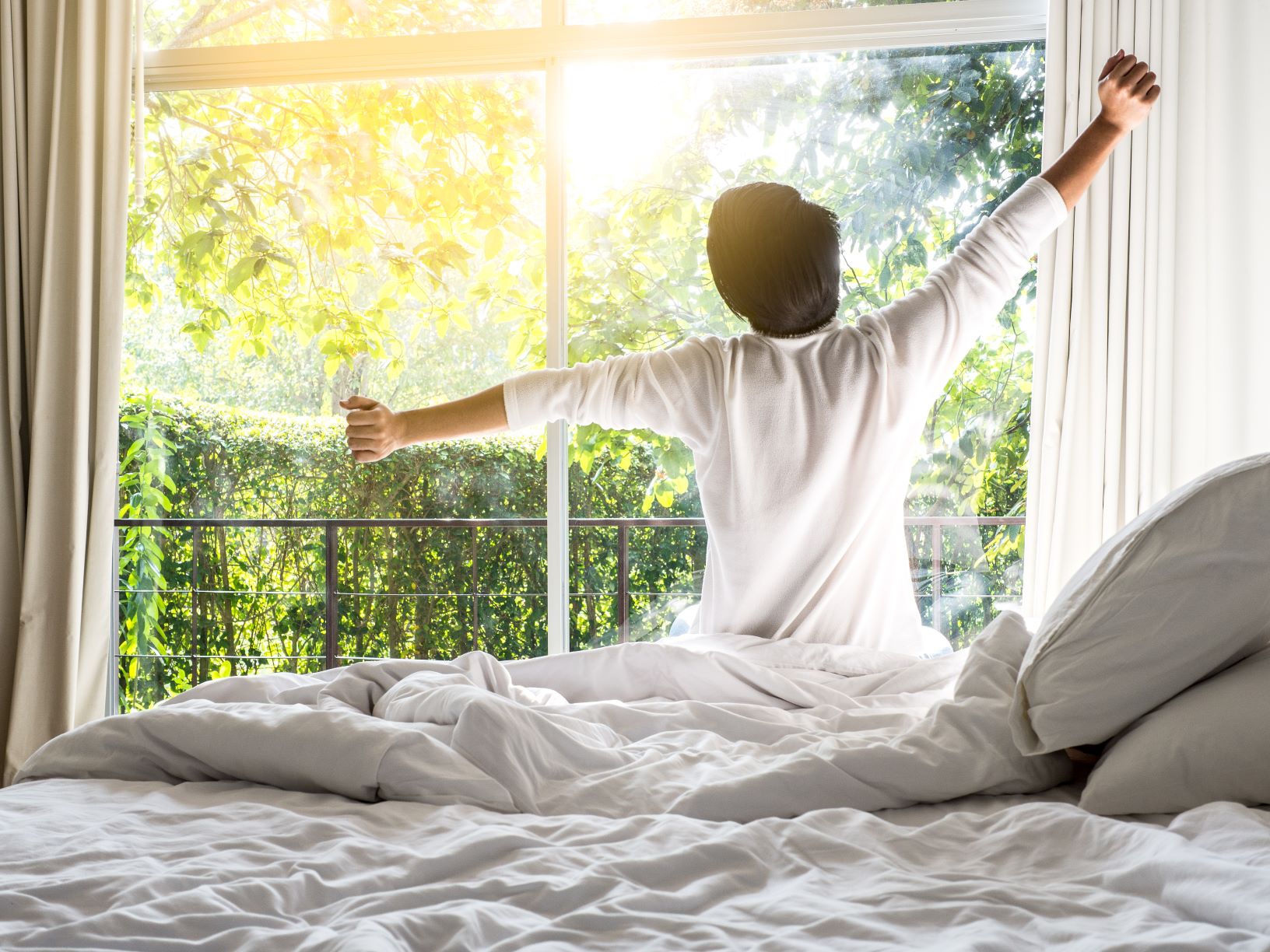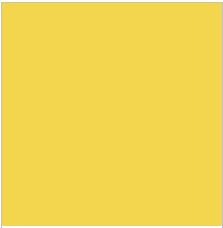Color plays a very important part of our daily lives. Most of us think about color to start our day when we pick out what to wear – a decision that could set the tone for the rest of your day.
It’s possible you’re thinking about color even before you realize it. For example, if you share a bathroom with someone, you might have different color toothbrushes so you can tell which one is yours. Here, you’re making a color-based decision without even thinking about it.
What other ways might color be affecting you subconsciously? Studies have revealed how colors affect our mood, appetite, sleep and even spending decisions.
It makes you wonder how much the color of your bedroom, where you begin and end your day, is impacting everything in between? A home decor survey of more than 2,000 people showed a correlation between their bedroom color and different decisions and behaviors. Check out some of the findings:
Associated with calmness and serenity, such as water and the sky, blue helps soothe and relax you before sleep and eases you into the start of your day. People in the survey with blue bedroom walls got the most sleep, averaging 7 hours and 52 minutes each night. Not surprising when you learn that scientific studies show the color blue can help bring down one’s heart rate and blood pressure, both of which promote better sleep.
Another color that helps to calm nerves is warm yellow, and some shades of the color also help rest and better sleep. Survey respondents averaged 7 hours and 40 minutes of sleep each night. It’s important to note that yellow is a complex color, meaning that it is one of a few colors that can have very different effects depending on the tone and brightness. While warmer tones can be calming, bright yellow can be energetic and even evoke intense emotions and aggressive behavior. Bright and strong shades of yellow are often partnered with red in restaurants and retail stores to increase appetite and spending. But if restful sleep is your goal, tone it down and go with a soft yellow palette.
Coming in third on the survey in terms of promoting calmness and good sleep is the color green. Respondents with green bedrooms reported an average of 7 hours and 30 minutes of sleep, and about a quarter of them said they wake up feeling “upbeat and positive.” You may have heard of the “green room” used in the entertainment business, a room where performers or other guests wait before they go on stage or camera. Well, how do you think it came to be called that? While not all green rooms today are actually green, the relaxing color was used in the early years of the theater for actors to rest.
This is another color that, in a warm tone, can help relaxation. Respondents in the survey averaged 7 hours and 28 minutes of sleep each night. Orange is believed to help muscles relax, even aid in digestion, especially after a late meal. Similar to green, it can be uplifting and rejuvenating; and interestingly, similar to yellow, it can evoke a wide range of feelings from warmth and comfort to anger and hostility.
Clearly, color is powerful – use it wisely in your spaces at home or work to bring out the best you!





